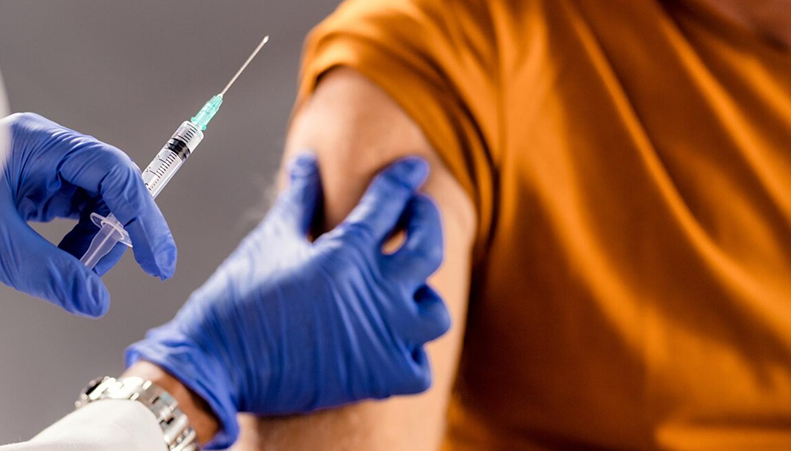Depression as an adjustment
reaction to major stress
reaction to major stress
Failure in an important examination, loss of a large sum of money, loss of job, or living with an alcoholic or chronically ill spouse can stress an individual to the point of depression. In these examples, the depression is an understandable reaction to the stress.
Dysthymia
Some people have poor coping styles and cannot adjust to the stresses and strains of everyday life. They may experience depression and associated symptoms as a consequence. This form of depression is called dysthymia. Dysthymia is different from depression as an adjustment reaction because adjustment reactions result from major stress rather than everyday stress. Most people face the pressures of everyday life without becoming depressed, whereas many may understandably be depressed when faced with major stress.
Major depression
This is a severe form of depression that is usually out of proportion to the stresses that are present, if indeed stresses out of the ordinary are actually present. This form of depression is usually associated with difficulties in coping with the tasks of daily life. This form of depression is usually also associated with biological changes in the body and brain.
Major depression may occur in major depressive disorder or in bipolar disorder. In major depressive disorder, patients experience one or more episodes of depression. In bipolar disorder, patients experience one or more episodes of depression, and also one or more episodes of hypomania or mania. If depressions are conceptualized as ‘low’ phases, hypomania and mania are ‘high’ or ‘hyper’ phases.
Note
1.

Depression associated with suicide ideation and risk
2.

Treatment-resistant depression
3.

Severe depression, as an alternative to electroconvulsive therapy (ECT)
4.

Severe, uncomplicated depression
5.

Severe depression, as an alternative to electroconvulsive therapy (ECT)





